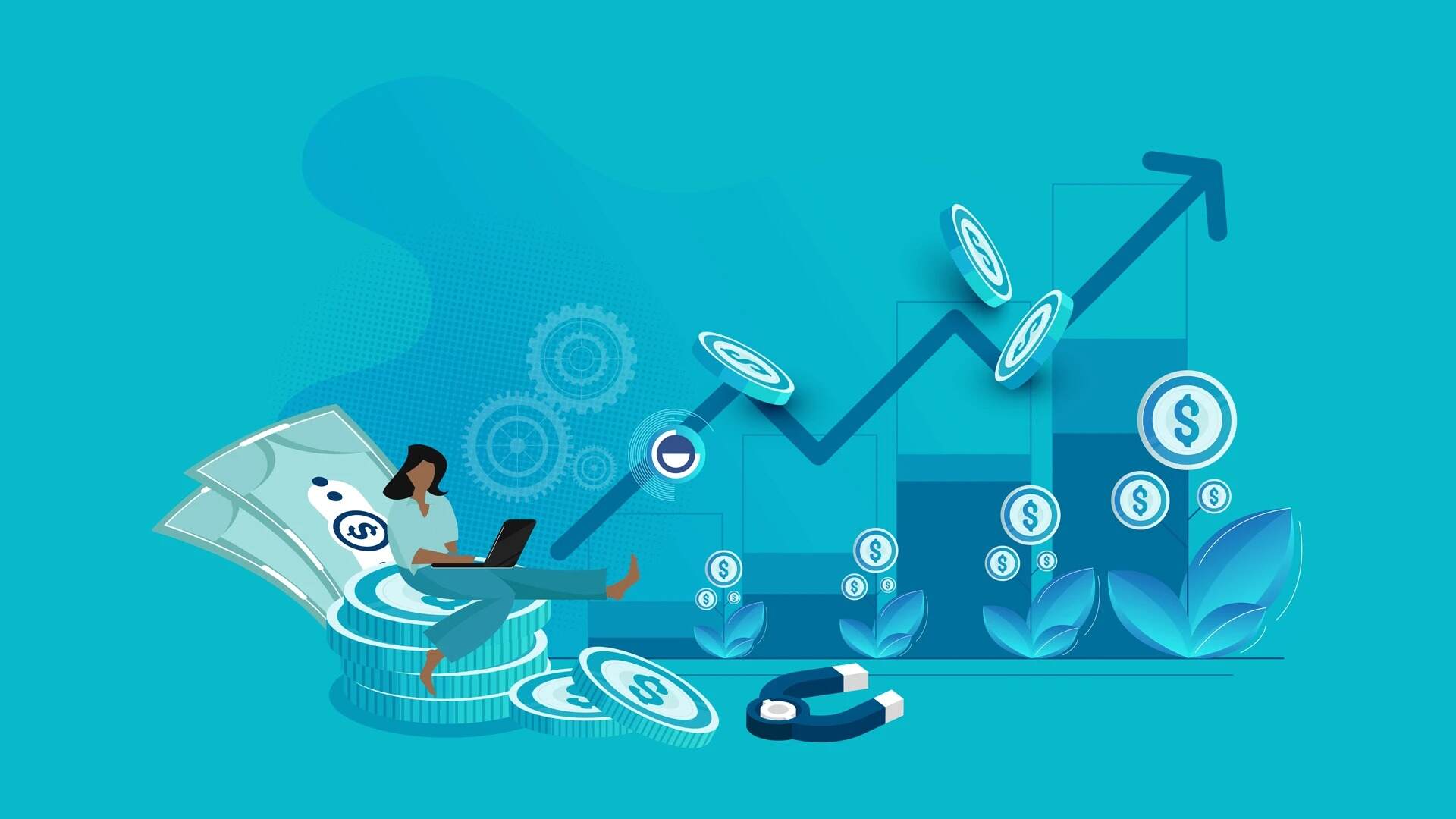- | 11:00 am
Middle East M&A deals surge 52% to $29 billion in 2024, led by energy and tech
Middle Eastern acquirers have significantly increased their investments in Europe, with strategic deal value for European targets rising by 120%.

The Middle East saw a sharp rise in mergers and acquisitions (M&A) in 2024, with deal value soaring to $29 billion—a 52% increase from the previous year. Sovereign wealth funds and government-linked entities remained the primary activity drivers, with Saudi Arabia and the UAE leading in deal value. The energy and natural resources sectors dominated the landscape, accounting for nearly 80% of total transactions.
Gregory Garnier, Partner at Bain & Company and head of the Private Equity and Sovereign Wealth Fund practice in the Middle East, commented: “2024 has proven to be a transformative year for the region’s M&A activity. With continued support from government entities and strong cross-regional investments, particularly in Europe, the Middle East is well-positioned to continue driving high-value strategic acquisitions, especially in energy transition and technology sectors. The UAE’s investor-friendly regulations are further enhancing the region’s role as a key global player in M&A.”
M&A and divestitures will remain essential for companies navigating the changing landscape of technology disruption and a post-globalization economy. Les Baird, Partner at Bain & Company and head of the firm’s global M&A and Divestitures practice, said: “M&A activity tends to be cyclical, and we believe the market is poised for an upturn. While we saw a modest recovery last year, deal value remains historically low as a percentage of global GDP as headwinds have stifled dealmaking for the past three years. The best companies have persisted throughout the slow period, learning to navigate unfavorable market realities to deliver inorganic growth. As headwinds become less acute, more companies will join those that have learned how to adapt.”
































